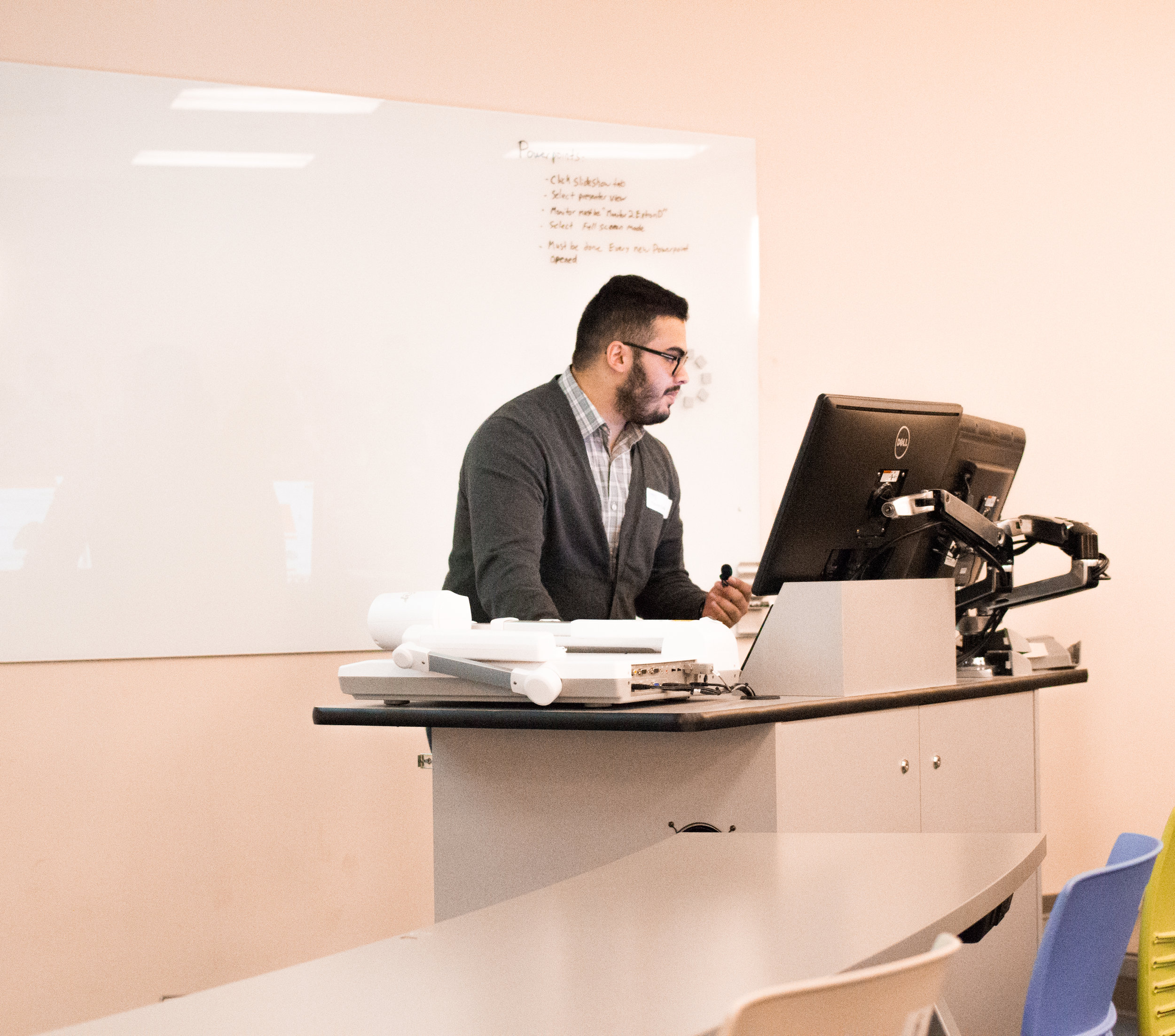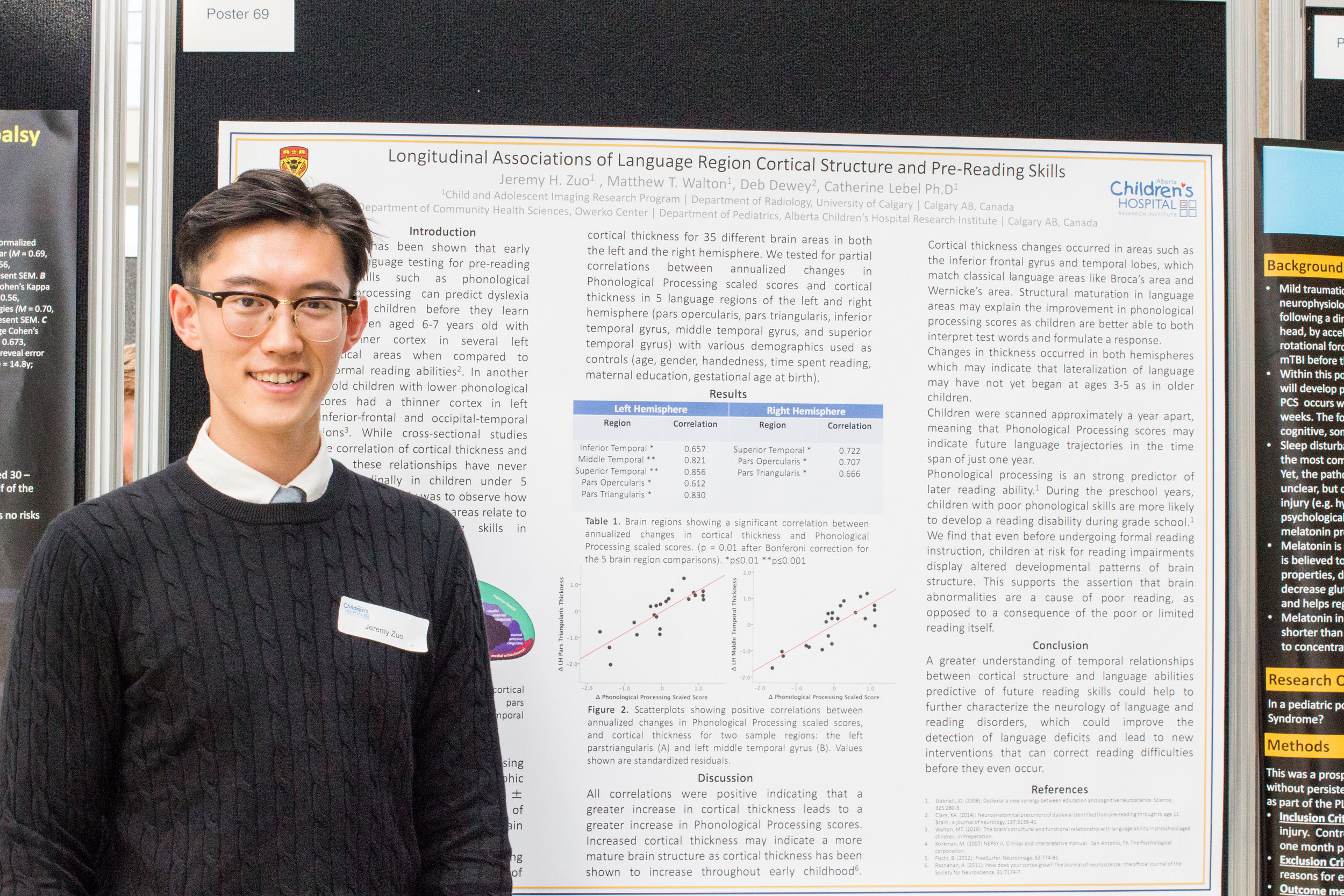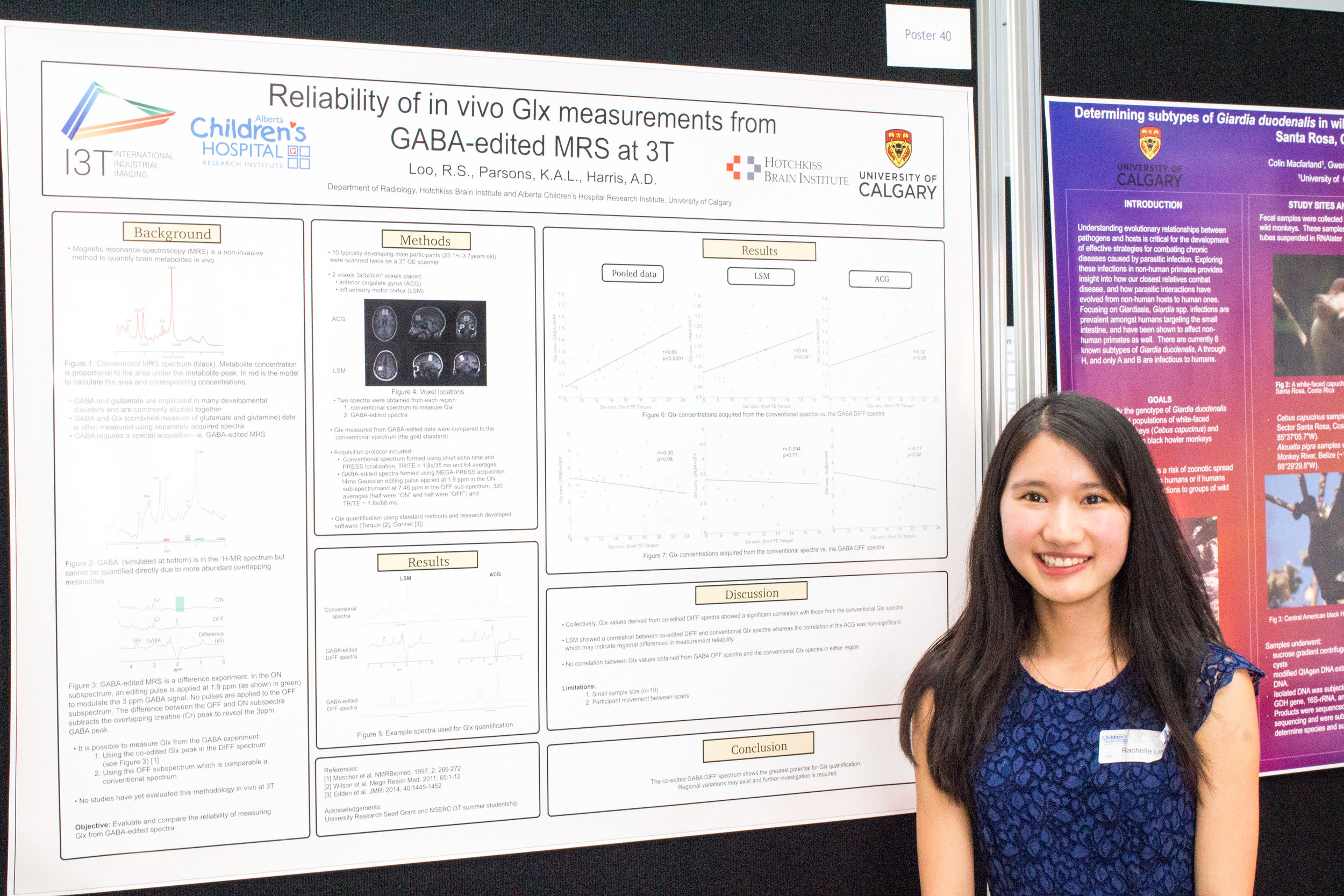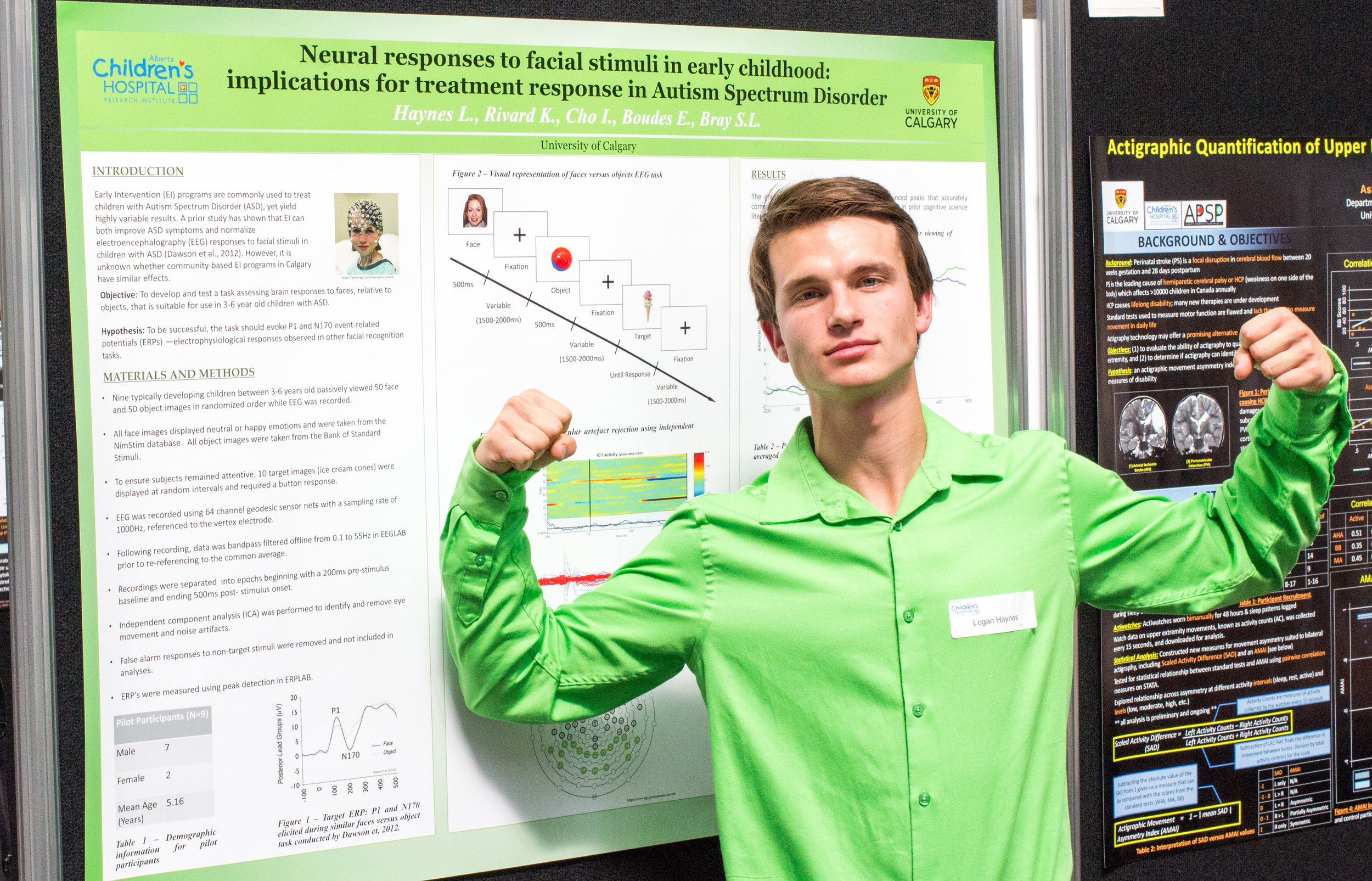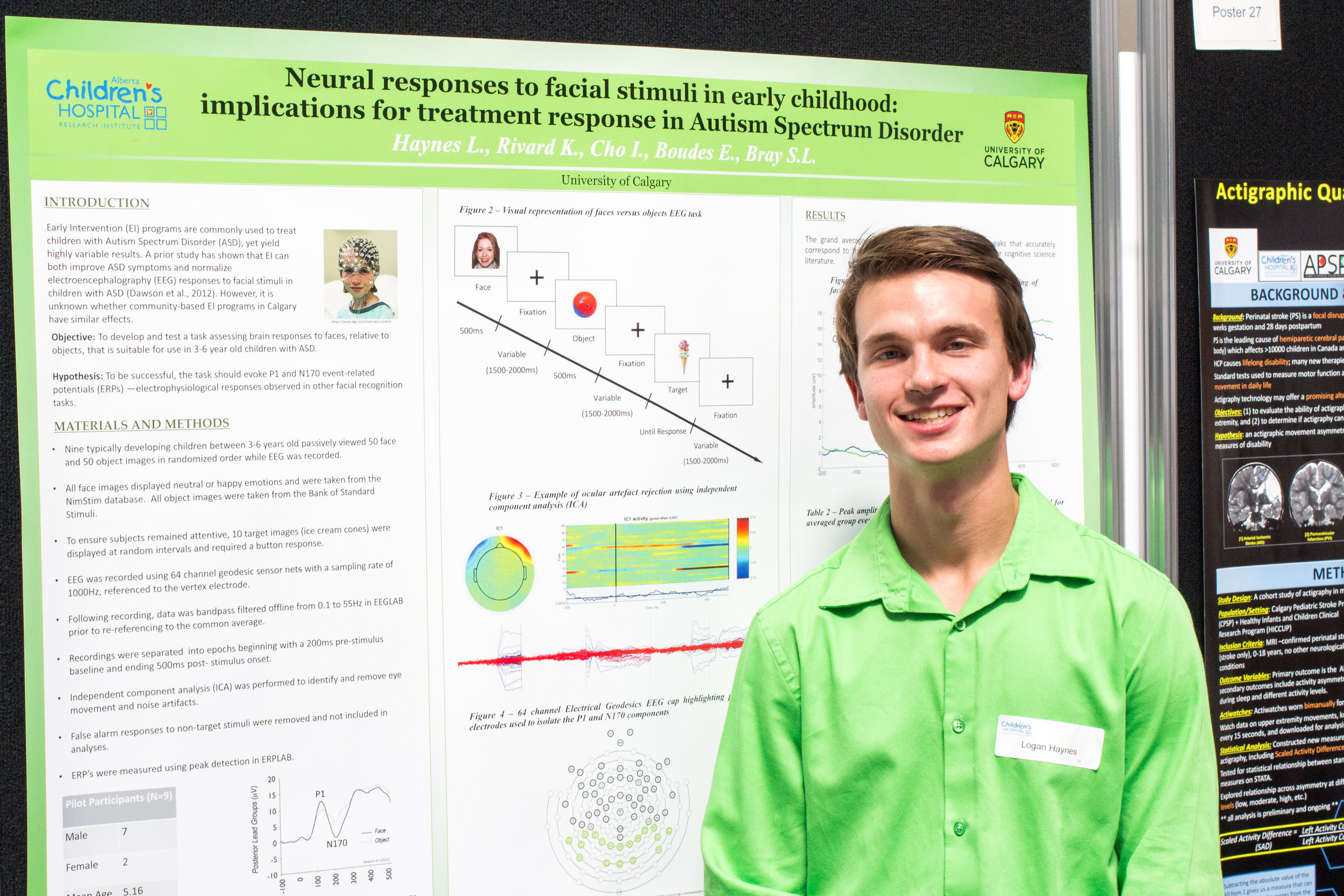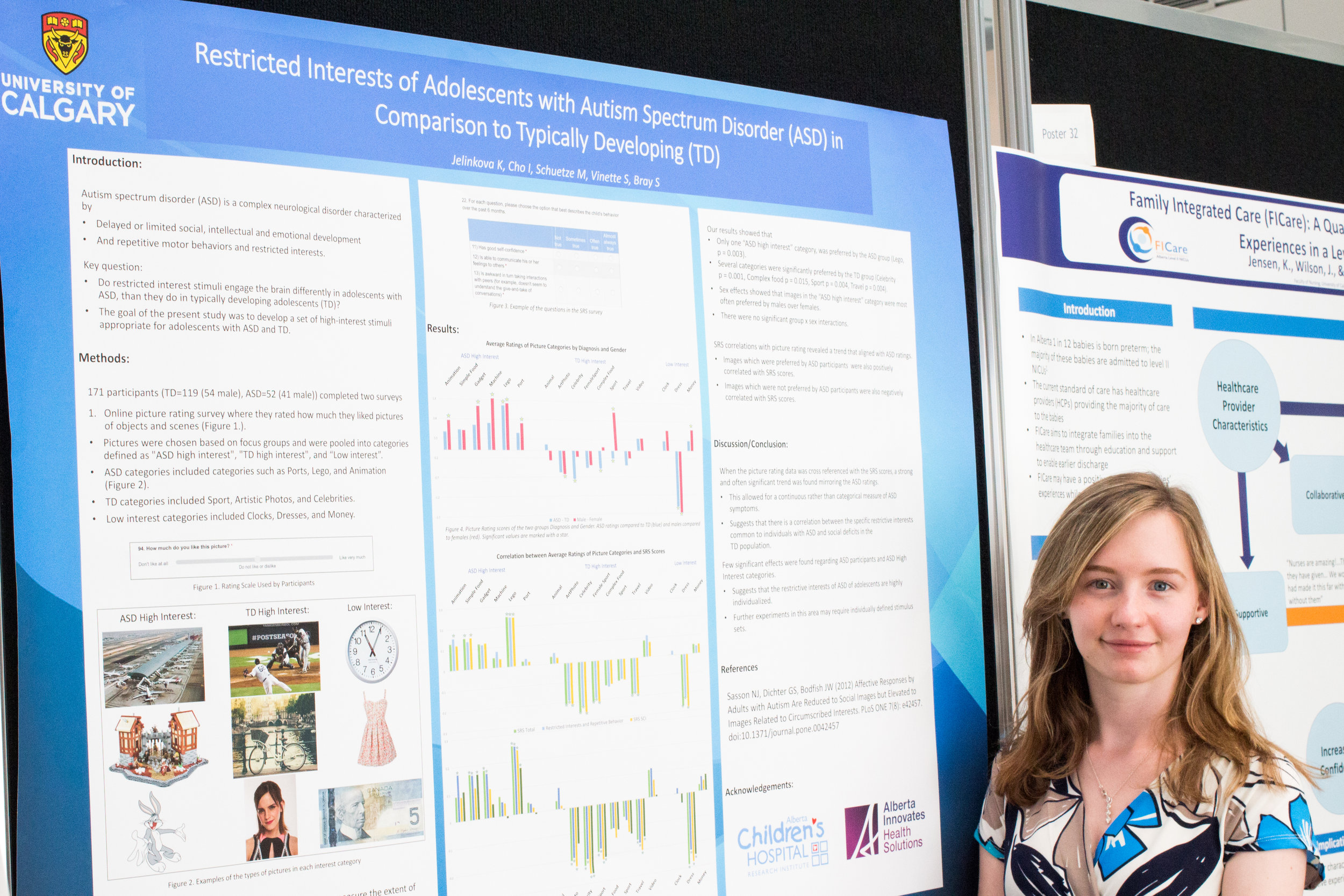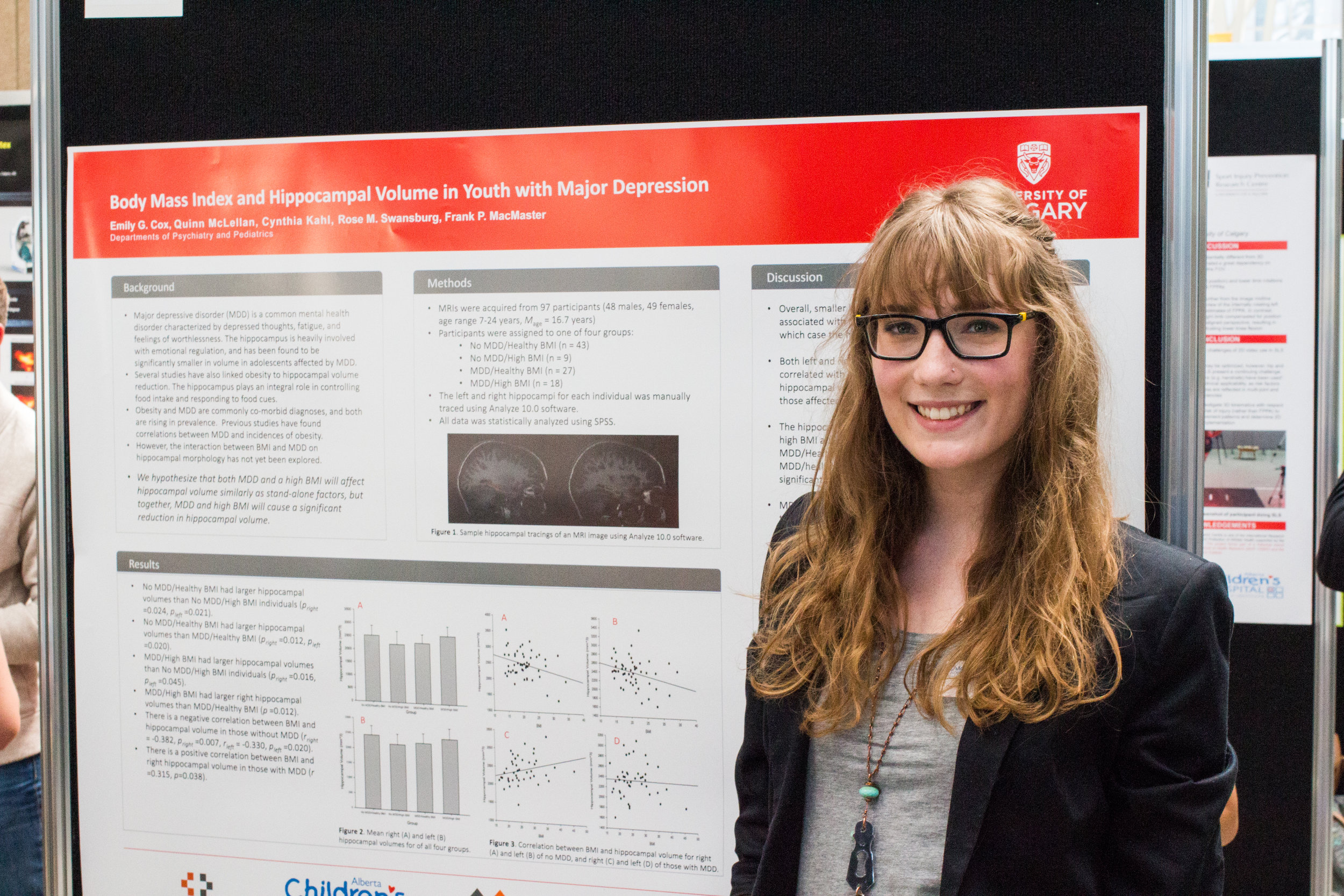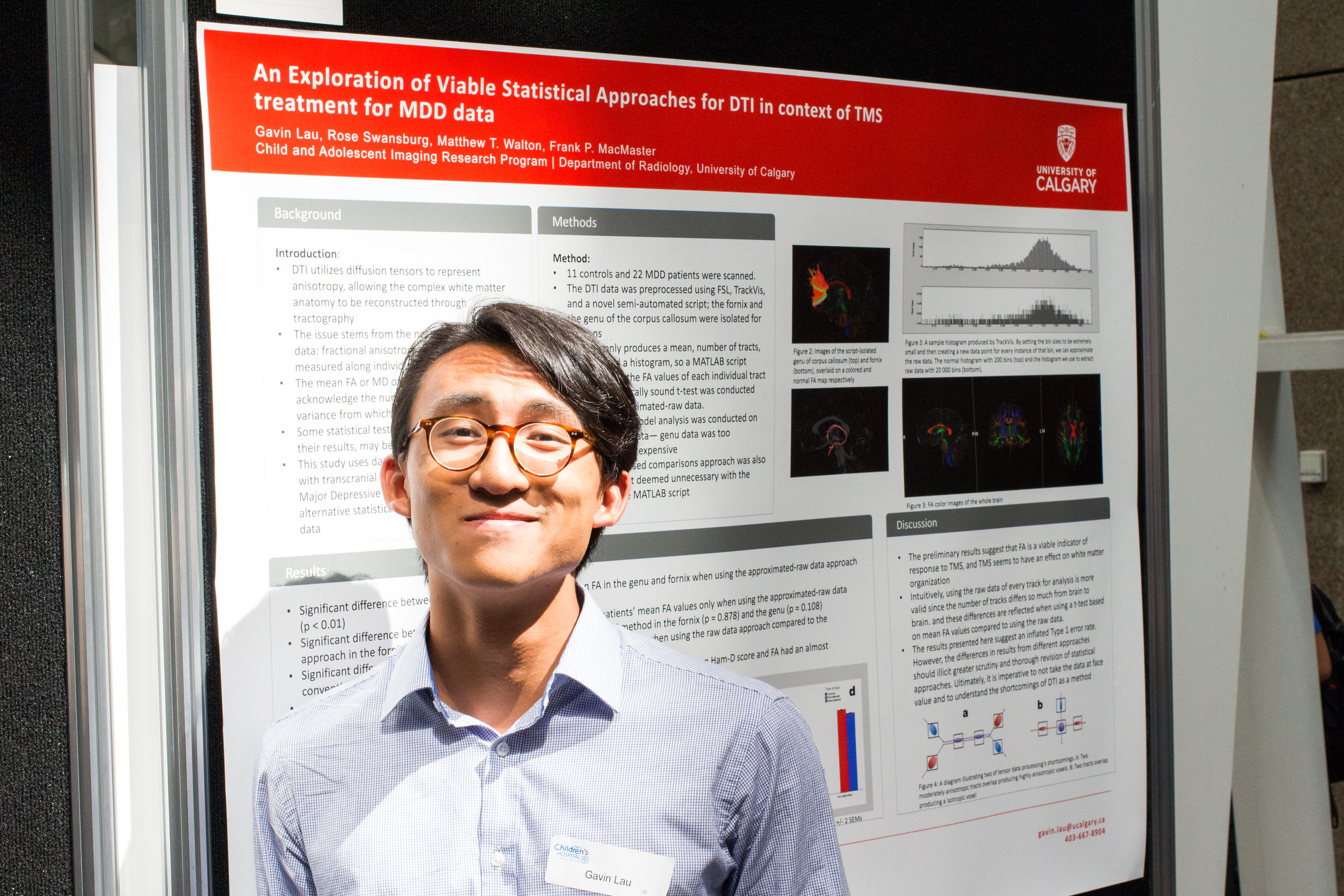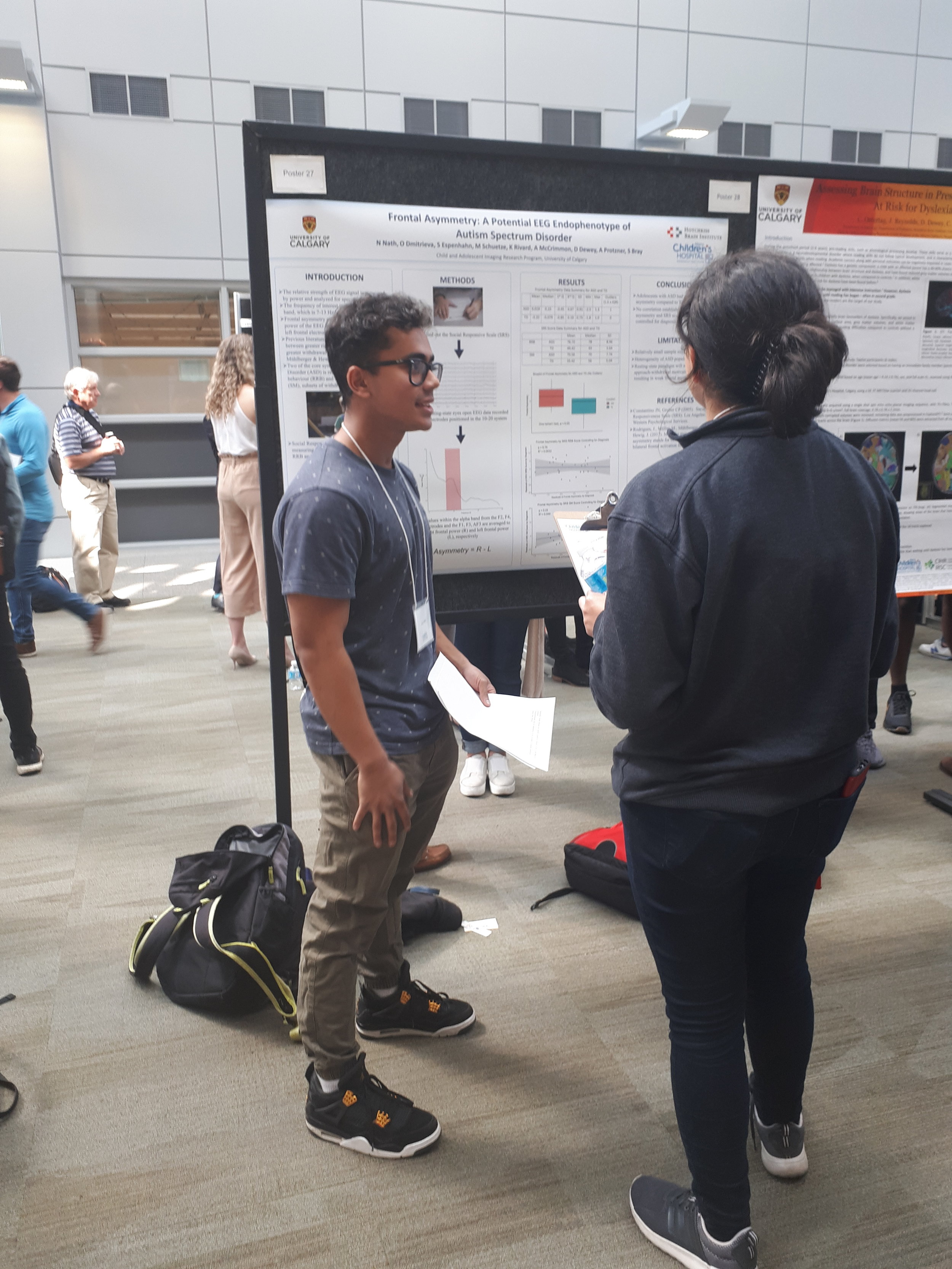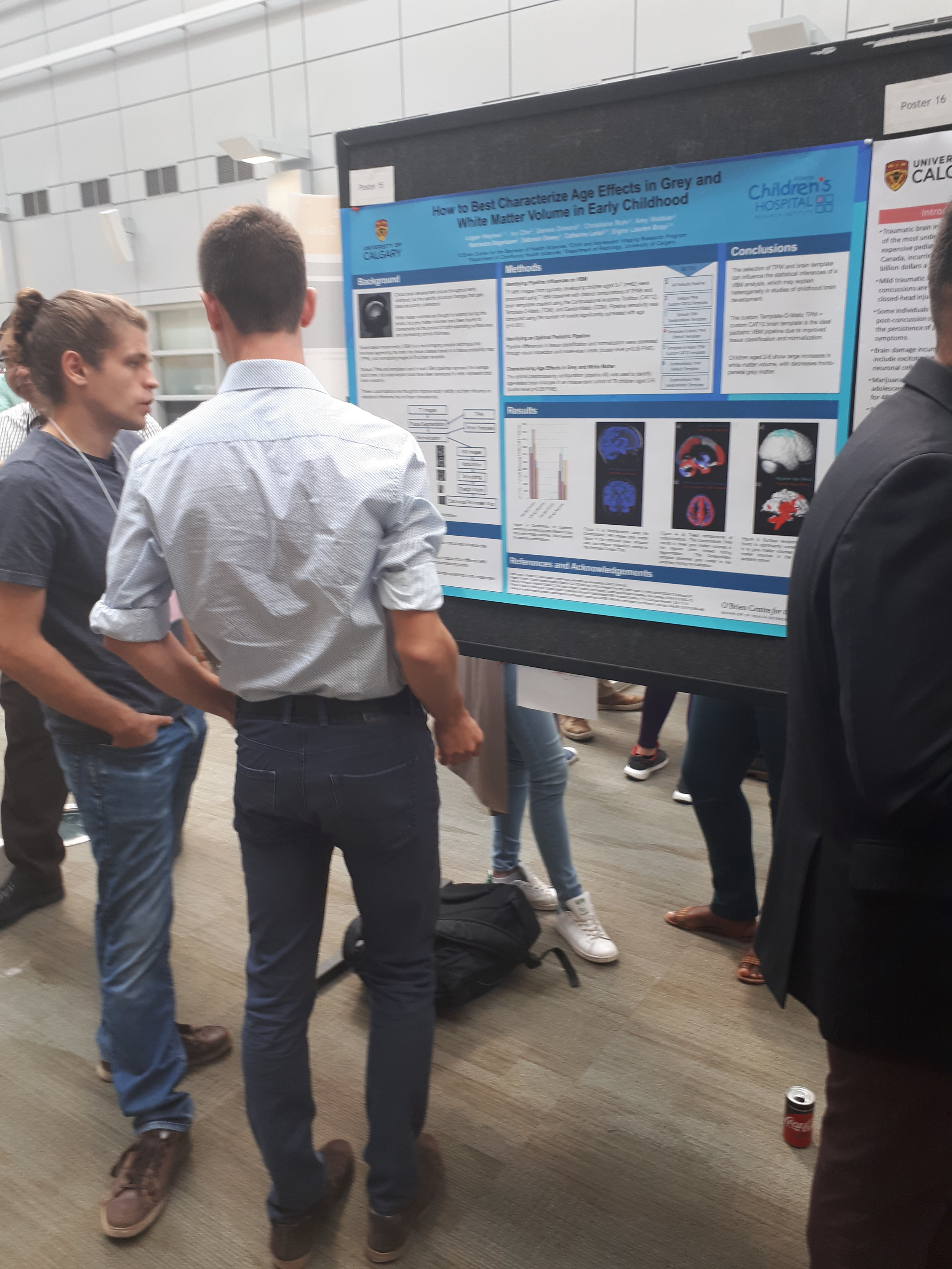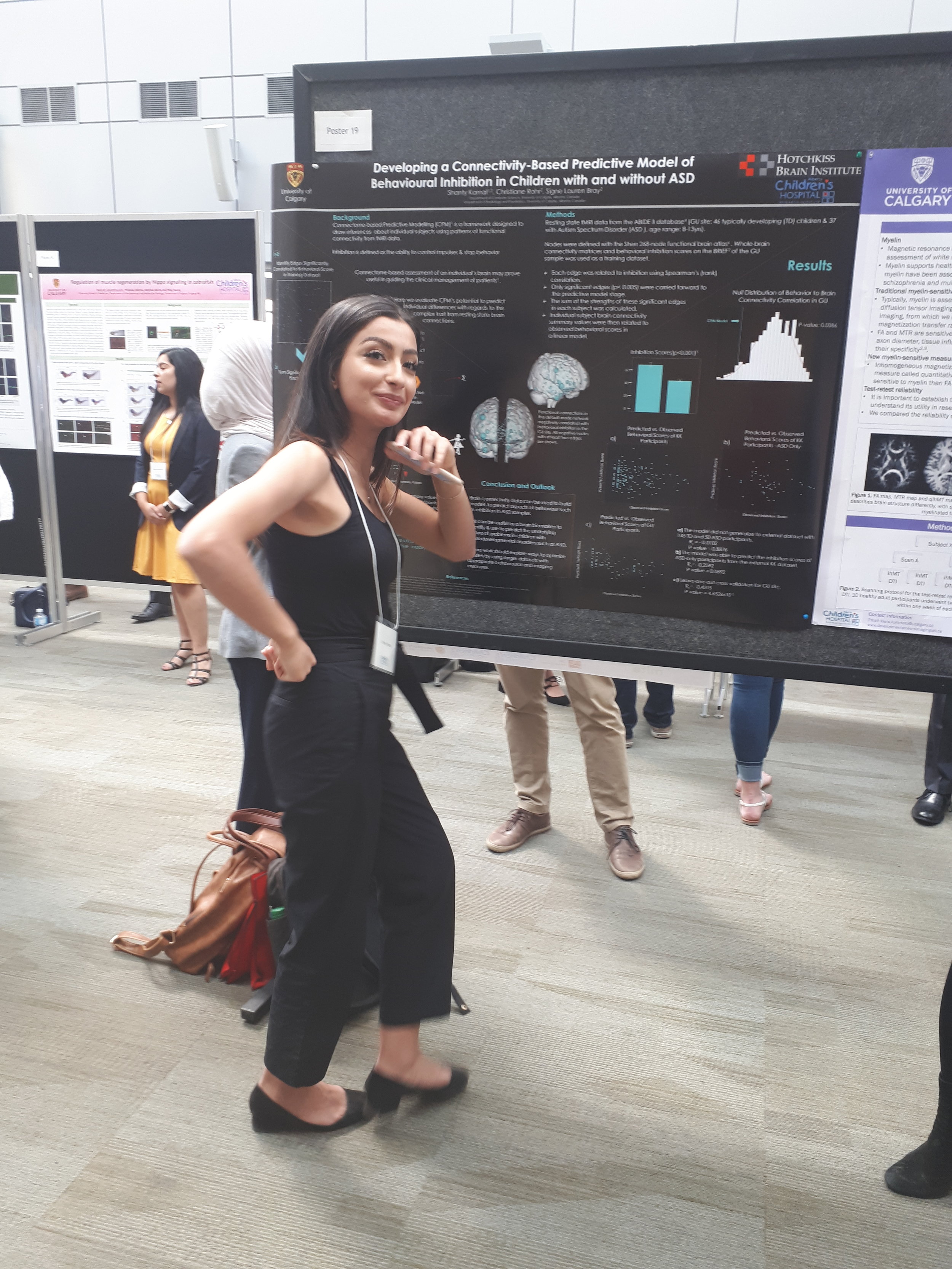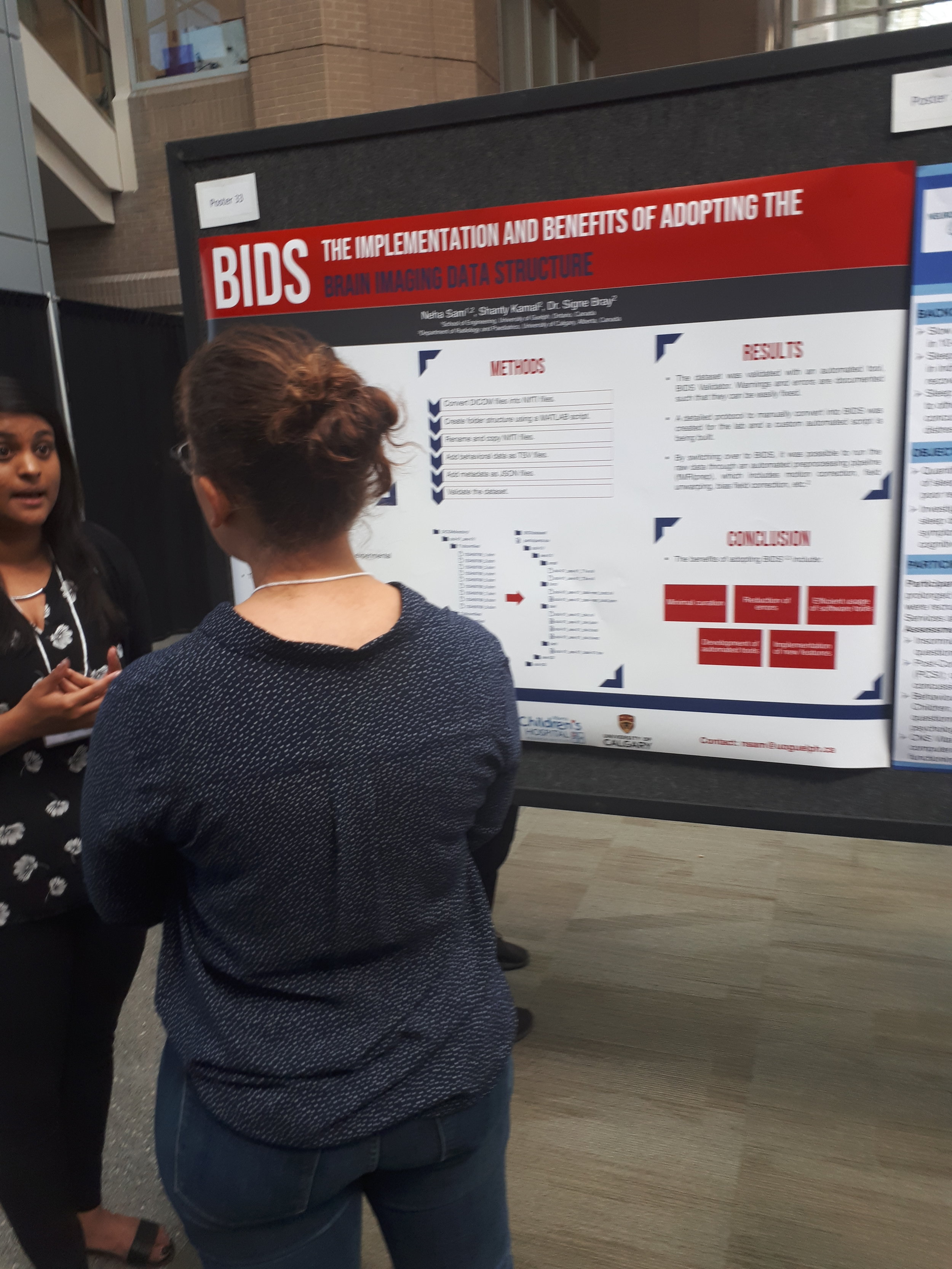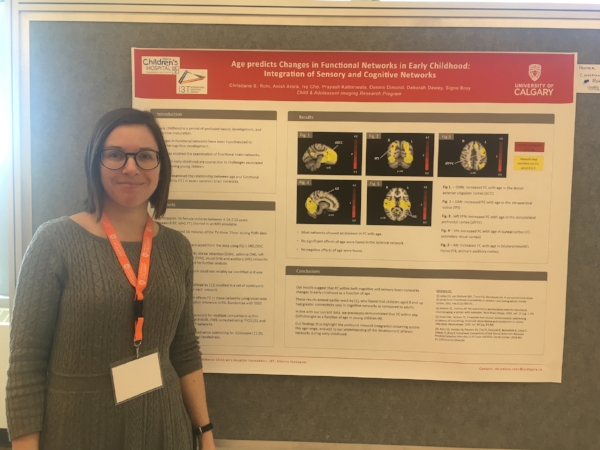Compliance during neuroimaging research can be challenging for children, sometimes especially for children with neurodevelopmental disorders. Movie-watching has become a popular way to increase compliance and make EEG and MRI exams more tolerable. To be useful for research, movies should not interfere with the parts of brain signals that researchers seek to measure. We did a study to ask whether the entertaining visual and auditory content of movies influences how the brain processes tactile (touch) information.
In this work, we investigated the effect of movie-watching on brain responses to tactile fingertip stimulation using EEG. Forty young adults aged 18-25 years received passive tactile fingertip stimulation while watching an “entertaining” movie and a novel “low-demand” movie called Inscapes (features abstract shapes without a narrative or scene-cuts, kind of like a computer screensaver) compared to rest.
We found that movie-watching did not affect the timing or strength of the somatosensory-evoked potential (SEP), that is, the brain’s response that is a direct result of the tactile stimulation. Similarly, movies did not change sensory adaptation, which is a neurophysiological process characterized by a reduction in the brain’s response with constant exposure and that prevents the brain from an overload of information from our senses.
We also found that prominent changes in the oscillatory activity of the brain in response to tactile stimulation differed when viewing movies compared to rest, which most likely reflects the greater attentional demands of movies.
Overall, our findings suggest that movie-watching is a valid method during which processing of tactile information can be assessed and, in the context of neuroimaging research, may enable data collection and assessment of children with neurodevelopmental disorders with altered tactile behavior such as autism, Tourette’s syndrome and ADHD.











